
Students ask questions about university admission at the 2025 University and College Admission Choice Day - Photo: NAM TRAN
However, the actual implementation is showing the opposite: candidates and parents are confused and worried about the fact that "each school has its own way" in converting admission scores.
Why?
The main reason for this phenomenon is the lack of a mechanism from the Ministry of Education and Training and the application of many different conversion methods by schools, from linear interpolation to using old data or even self-constructed formulas that are not publicly announced.
In addition, the actual input data (high school exam scores, report cards, and capacity assessment scores) have very different measurement and distribution natures, leading to errors and difficulties in bringing them to a common scale.
Meanwhile, the Ministry of Education and Training has only published the percentile table for some popular subject combinations, while dozens of other subject combinations still have no conversion data. The lack of a clear conversion mechanism from the ministry has caused schools to struggle to develop their own conversion methods, increasing confusion and making it difficult for candidates to compare, choose and adjust their wishes.
Need responsibility, joint effort
We cannot continue to have each school doing things its own way, leading to injustice and great disadvantages for students. At this time, we need to clearly realize that the responsibility for solving the problem cannot only belong to the schools, nor can we only rely on the Ministry of Education and Training. This is a shared responsibility, requiring close cooperation between state management agencies and higher education institutions.
On the part of the Ministry of Education and Training, the most important responsibility at this time is to issue a general mechanism to guide the conversion of admission scores. In which, the Ministry needs to clearly require that schools when converting scores from one method to another must use easy-to-understand scientific statistical principles, such as: how to compare score rankings (ranking by percentile), average scores and score fluctuations must be equivalent between testing methods.
The Ministry also needs to clearly stipulate the maximum allowable difference in scores between schools, ensure that the number of scores used for calculation is large enough, the conversion data must be transparent so that everyone can check it, and have a strict monitoring mechanism to avoid injustice or errors in the conversion process.
On the part of universities, in addition to building their own conversion tables according to the specific characteristics of their professions, they also need to commit to transparency of the entire process, data, and conversion formula so that candidates can easily look up and compare. Schools must be accountable to society for the way they convert scores, avoiding creating a sense of ambiguity or causing misunderstandings and injustice to candidates.
More importantly, the Ministry of Education and Training and schools need to establish a close coordination mechanism, regularly exchange data and have an independent monitoring system to ensure that the conversion of scores is fair and in accordance with common standards.
The key to success
Candidates should not continue to suffer because of the shortcomings in the current admission system. At this time, the most important thing is not to assign responsibility to those who created the confusion but the common responsibility of the Ministry.
The Ministry of Education and Training and universities should work together quickly to resolve the problem effectively. Close coordination between the Ministry and universities is the key to restoring trust and ensuring fairness and success for the 2025 university entrance exam.
Source: https://tuoitre.vn/quy-doi-xet-tuyen-dai-hoc-can-chung-tay-go-roi-20250730085039041.htm






![[Photo] Heavy damage after storm No. 13 in Song Cau ward, Dak Lak province](https://vphoto.vietnam.vn/thumb/1200x675/vietnam/resource/IMAGE/2025/11/08/1762574759594_img-0541-7441-jpg.webp)











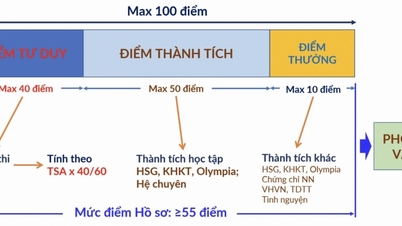




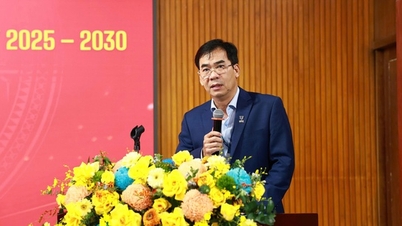


















![[Video] Hue Monuments reopen to welcome visitors](https://vphoto.vietnam.vn/thumb/402x226/vietnam/resource/IMAGE/2025/11/05/1762301089171_dung01-05-43-09still013-jpg.webp)







































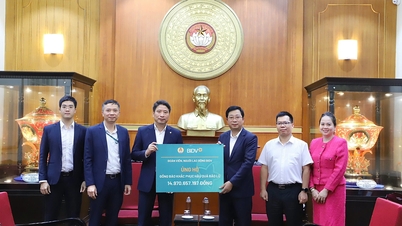
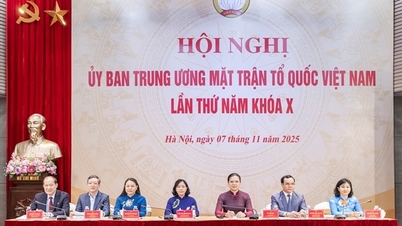


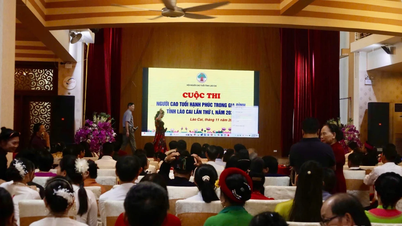






















Comment (0)